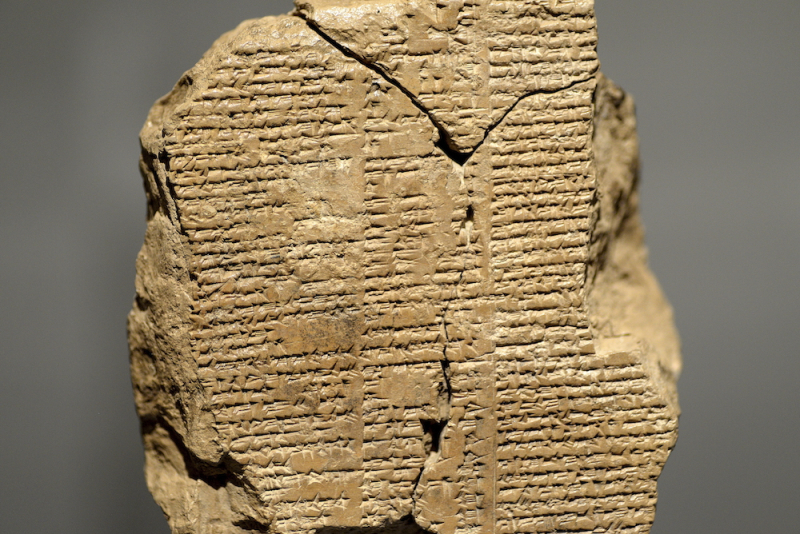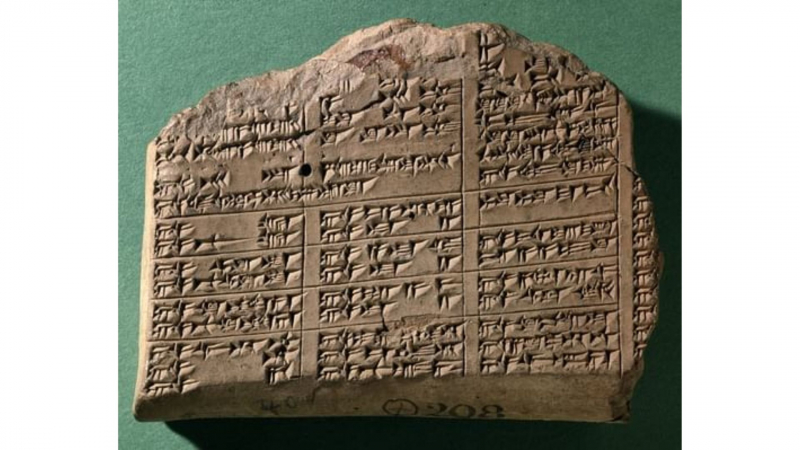Invented Literature
The Mesopotamians not only influenced the later development of sacred liturgical texts, but they also invented literature, beginning with The Epic of Gilgamesh (c. 2150-1400 BCE), which tells the story of Gilgamesh, the semi-mythical King of Uruk, and his quest for meaning in life in the face of impending death. Originally, the work was passed down verbally until it was written down. Prior to the discovery of Enheduanna's work, the Babylonian scribe Shin-Leqi-Unninni, who authored the Babylonian version of the narrative, was supposed to be the world's first author known by name.
The Epic of Gilgamesh, a fictitious story based on a real ruler, is part of a genre known as Mesopotamian Naru Literature, which first arose in the 2nd millennium BCE, according to modern researchers. These stories include a prominent person in a fictional story about their relationship with the gods, although they may be about anything. Apart from Gilgamesh, the two most well-known instances of Mesopotamian Naru Literature are The Legend of Sargon, which tells of Sargon the Great's modest beginnings and rise to power, and The Curse of Agade, which is about Naram-Sin. These stories were well-known across Mesopotamia, and they influenced later writers, including the scribes who composed the biblical accounts of Jesus' life and ministry.









